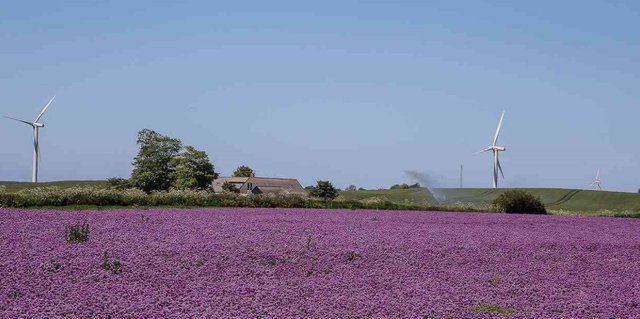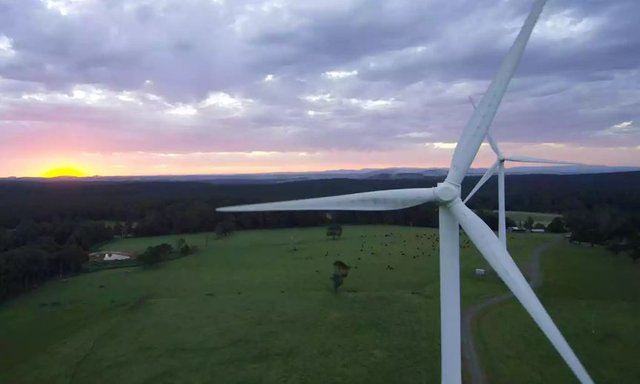Energy positive: how Denmark's Samsø island switched to zero carbon

Anyone doubting the potential of renewable energy need look no further than the Danish island of Samsø. The 4,000-inhabitant island nestled in the Kattegat Sea has been energy-positive for the past decade, producing more energy from wind and biomass than it consumes.
Samsø’s transformation from a carbon-dependent importer of oil and coal-fuelled electricity to a paragon of renewables started in 1998. That year, the island won a competition sponsored by the Danish ministry of environment and energy that was looking for a showcase community – one that could prove the country’s freshly announced Kyoto target to cut greenhouse gas emissions by 21% was, in fact, achievable.
The contest didn’t bring with it funds to bankroll the energy transition. But it did pay for the salary of one person tasked with making the island’s 10-year renewables master plan a reality.
That person was Søren Hermansen, a Samsø native vegetable farmer–turned–environmental teacher. Hermansen has wielded his pragmatic, roll-up-your-sleeves attitude to great effect over the past two decades, turning his own rural community into a green powerhouse, and evangelising to communities around the world that they, too, can make the transition.
Full story at http://bit.ly/2mZ21NS
Finland ranked 5th most innovative country in the world by Bloomberg

Finland again took a top spot in a high-level global innovation ranking. 2017 Bloomberg Innovation Index ranked Finland as the 5th most innovative nation in the world. Finland climbed two positions from last year's list.
Bloomberg Innovation Index is based on seven categories to do with education, R&D and technology factors. Finland finished in the top 5 in R&D (4th), education (5th), research (3rd), and patents (5th) while in the categories of manufacturing (13th), productivity (20th), and high-tech (15th) Finland still had some ground to cover to reach top positions.
Full story at http://bit.ly/2mYYaQX
Renewables roadshow: how Daylesford's windfarm took back the power

From the fertile spud-growing country of Hepburn Shire, 90km northwest of Melbourne, has sprung what many hope will become a revolution in renewable energy in Australia.
On Leonards Hill, just outside the town of Daylesford – famed for its natural springs – stand two wind turbines that not only power the local area, but have also added substantial power to the community-owned renewable energy movement in Australia.
The turbines, cheesily called Gusto and Gale, constitute the very first community-owned windfarm in Australia. It borrows the idea from a long tradition of community-owned power that was forgotten in Australia, but lives on strongly in Denmark.
“In Denmark there’s over 2,100 versions of this,” says Taryn Lane, the community manager for Hepburn Wind, the cooperative that owns and operates the windfarm. “Their model – this way of owning your own energy generator locally – emerged in the late 70s, so they have been doing it for decades.” .
Full story at http://bit.ly/2mZ69h4
Scientists use solar power to produce hydrogen from biomass

Scientists at the University of Cambridge have developed a technique that uses solar power to produce clean hydrogen from biomass.
In a news release on Tuesday the university said that up until now lignocellulose – the main component of plant biomass – had only been converted into hydrogen via a gasification process that uses high temperatures to "decompose it fully."
The university said that the new technique involved the addition of catalytic nanoparticles to alkaline water containing biomass.
The solution is put in front of a lab based light mimicking solar light, and was described as being "ideal" for absorbing the light and turning the biomass into gaseous hydrogen.
Full story at http://cnb.cx/2mWqd3z
Prepared by @SydesJokes
Original post from: http://CrowdifyClub.com/SydesJokes